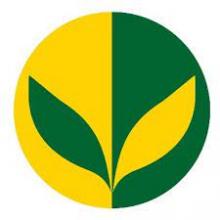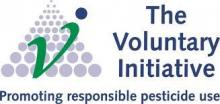Weeds can cause numerous problems to agriculture including:
- Reductions in yield
- Taking resources from the crop – nutrients, sunlight, and water
- Impacts on crop quality
- E.g. Charlock causing high euric acid in Oilseed rape
- Harvest issues
- Combining e.g. cleavers, bindweed
- Root crops e.g. Fathen blocking harvester slats
- Crop storage problems
- Act as a host for pathogens and pests
- Impact on livestock
- Reduced feeding - thistles
- Milk taint – wild garlic
Weeds can be controlled using many different methods, including:
- Crop rotation
- Cultivations
- Hygiene
- Hand removal (Rouging)
- Increased crop competitiveness
- Mechanical control
- Chemical control - see linked topic on herbicides
Weeds can persist in soil for many years. The scale of effect from the weed is influenced largely by the weed species, weed density and time of emergence relative to the crop. Understanding the biology of the weed species present is essential to identify weak points in its lifecycle and offer efficient control options, it is therefore key to identify weeds correctly.
Share any useful resources or tools for weed identification and management below.









